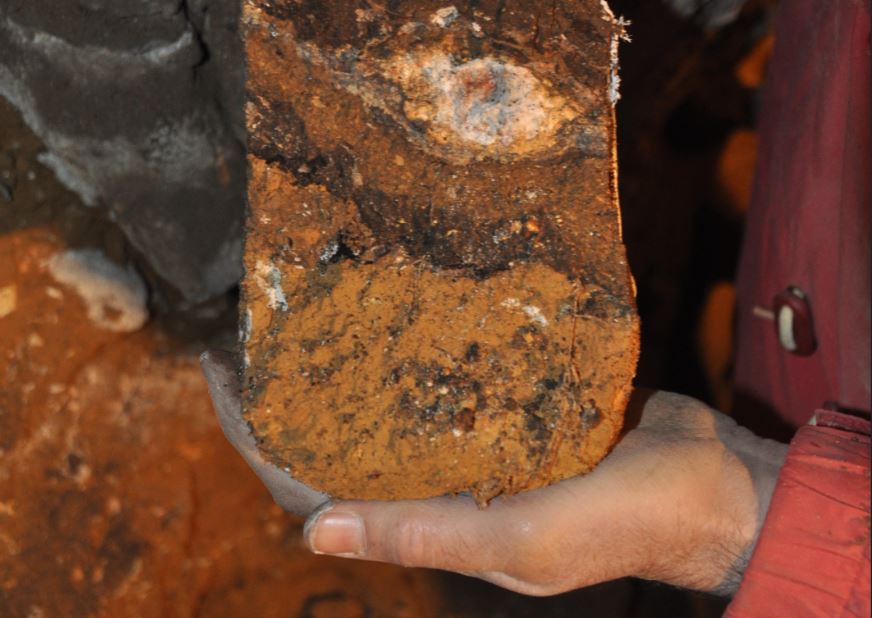
Large carnivores dominated the Denisova Cave for 300,000 years
A study from Flinders University is revealing new details about prehistoric life in the Denisova Cave complex in southern Siberia. The researchers have meticulously analyzed evidence which shows that, for more than 300,000 years, large carnivores competed with ancient humans for shelter at this site.
Using modern geoarchaeological techniques, a team of Russian and Australian scientists found that non-human predators, such as wolves and hyenas, predominantly inhabited the Denisova Cave.
The analysis of fossilized animal droppings, charcoal from ancient fires, and bone fragments suggests that nomadic human groups occupied the cave for short time periods, while the fierce animals were present at all other times.
“Using microscopic analyses, our latest study shows sporadic hominin visits, illustrated by traces of the use of fire such as miniscule fragments, but with continuous use of the site by cave-dwelling carnivores such as hyenas and wolves,” explained study co-author Professor Roberts.
“Fossil droppings (coprolites) indicate the persistent presence of non-human cave dwellers, which are very unlikely to have cohabited with humans using the cave for shelter.”
Located in the Altai Mountains, the Denisova cave is one of the most important human evolution sites in the world. Around ten years ago, the cave became famous when experts discovered the fossil remains of a previously unknown group of humans, who are now known as Denisovans.
Dirt deposited in the cave over thousands of years contains evidence that at least two additional human groups – Neanderthals and early Homo sapiens – have also used the cave for shelter.
“These hominin groups and large carnivores such as hyenas and wolves left a wealth of microscopic traces that illuminate the use of the cave over the last three glacial-interglacial cycles,” explained study lead author Dr. Mike Morley.
“Our results complement previous work by some of our colleagues at the site that has identified ancient DNA in the same dirt, belonging to Neanderthals and a previously unknown human group, the Denisovans, as well as a wide range of other animals.”
The team found critical new clues about the use of the cave and other information in the sediment that had not yet been described. According to Professor Roberts, the research is very significant because it shows how much can be achieved by sifting through sedimentary material using advanced microscopy and other archaeological science methods.
The study is published in the journal Scientific Reports.
—
By Chrissy Sexton, Earth.com Staff Writer
Main Image Credit: Dr Mike Morley, Flinders University














